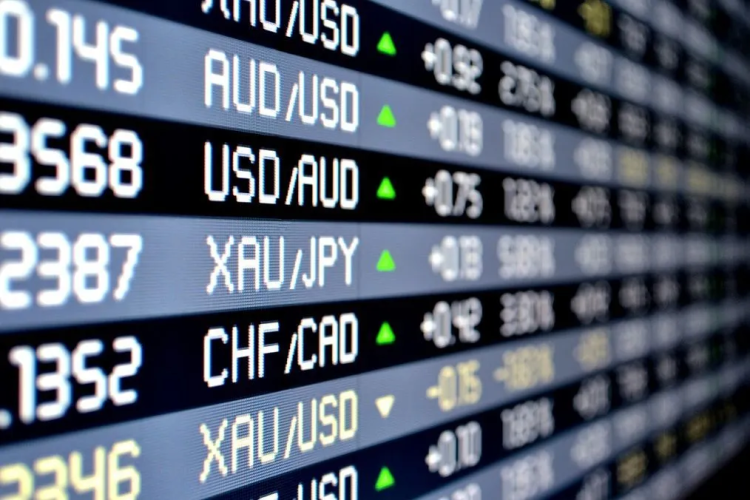Currency options are quite popular among forex traders around the globe. Those who are just starting to discover the world of financial markets will typically, but unsurprisingly, associate derivatives and options to the stock market. But you can definitely also use options if you are trading in the foreign exchange market.
Defining a Currency Option
A currency option is one kind of a derivative financial instrument. With currency options, the buyer is granted the right to buy or sell a certain currency at a predetermined exchange rate on or before a predetermine date.
It might sound like a futures contract, which is another derivative financial instrument, but options traders are not really obliged to buy or sell the assets, hence the name “options.” And that’s its primary difference from futures contracts.
Call Options
There are, as a matter of fact, two main kinds of currency options, and call options is one of them.
A call option gives you the right to buy an underlying asset, but you won’t be required to buy that asset when the pre-set date arrives, as we have earlier stated. You may still buy the asset if it’s what you want.
The purchase must then be at the specified price, which is called the strike price. When you purchase the asset, you must do it at the specified date in the contract. If the currency’s value doesn’t reach the strike price before the maturity date, the option will then expire, therefore useless.
Call options are usually bought when investors expect the underlying asset’s price to rise. On the flip side, they are typically sold when investors speculate the price to fall. Selling an option may also be referred to as “writing” an option.
Put Options
This is the second of the two main types of options. When you acquire a put option, you acquire the right to sell an underlying asset at a predetermined price on or before a predetermined date.
The seller of the option, known as the writer, can buy the currency when it reaches the strike price. You can also use the put option any time as long as the contract doesn’t yet expires.
Traders buy put options when they think that the price of the currency will fall, while they sell the put options when they think that the price will soon rise.
Put buyers are known for their tendency to hold long positions. And we can generally meet two kinds of put options buyers.
The first one is the kind who is speculative and is in search of leverage. The second one is also known as the “insurance buyers,” who tries to protect their long positions, which are generally held in the period of time that the option contract covers.
Meanwhile, put sellers are those that tend to choose short positions. They do this as a result of their expectations that the market will soon rise or will remain stable for quite some time. A downward market direction would be disaster for put sellers.

